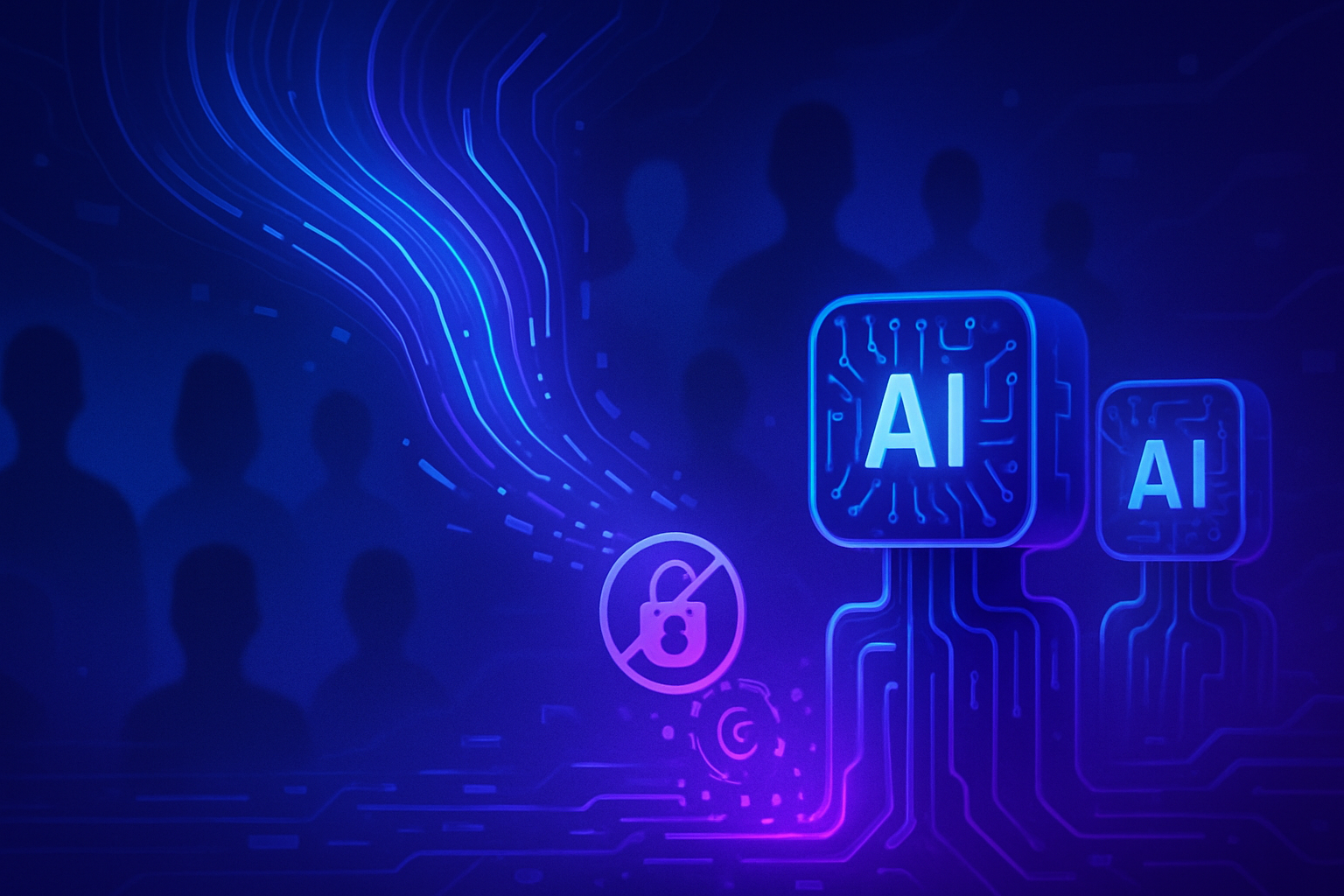The emergence of artificial intelligence models raises major concerns regarding *the protection of private data* and *copyright*. This omnipresent challenge allows access to sensitive information despite creators’ efforts to secure it. A recent innovation proposes a bold method: AI models can now forget specific data, thereby ensuring *the confidentiality and security of users*. Thanks to this advancement, companies find themselves in a position to comply with strict privacy standards while maintaining operational efficiency. Regulatory issues, such as GDPR and CCPA, dictate this urgent need for technological transformation.
New Certified Unlearning Framework
A significant advancement emerges from the computer science department at UC Riverside. Researchers there have designed an innovative method that allows artificial intelligence models to erase private and copyrighted data without needing access to the original data used during training.
Growing Privacy Concerns
Concerns related to the preservation of personal information and protected content are intensifying globally. Privacy laws, such as the European Union’s General Data Protection Regulation and the California Consumer Privacy Act, impose strict constraints on how data is managed in machine learning systems.
Certified Unlearning Technique
Researchers at UCR have developed a method they refer to as “certified unlearning without access to source data.” This method utilizes a substitute dataset that statistically resembles the original data to facilitate the removal of targeted information. This process modifies the model’s parameters while incorporating carefully calibrated random noise, ensuring the irreversibility of erased data.
Implications and Benefits
This advancement offers privacy assurances similar to those achieved through complete retraining of models. The approach develops a less energy-intensive and cheaper alternative. It finds obvious applications within medical institutions and media organizations while enabling users to demand the removal of their content from AI systems.
The ability to erase sensitive data from AI models aligns with individuals’ growing aspirations for control over personal information. A member of the research team stated: “People deserve to know that their data can be erased.”
Future Perspectives
Researchers plan to refine this method so that it can be applied to more complex models. The potential for global access to this technology represents a key step for AI developers maintaining systems compliant with legal requirements.
The title of their study, “A Certified Unlearning Approach without Access to Source Data”, was presented at an international conference. It reveals not only a promising approach to disengaging AI models but also an initiative at the forefront of data security.
Previous Research and Validation
The validation work carried out by the team utilized both synthetic and real datasets, demonstrating that this method could eliminate potential privacy threats. The fusion with a noise calibration mechanism optimizes model fitting without compromising their efficiency.
The scope of the research indicates a proactive and agile response to contemporary challenges related to data management in AI systems. This established framework could strongly influence discussions around AI regulation, particularly in light of recent lawsuits regarding copyright infringement.
This development could symbolize a paradigm shift in the handling of personal data and the need to mitigate unethical use of machine learning resources. For additional information on these advancements, please also refer to other relevant resources on data protection through AI.
In summary, this method opens a promising path toward more privacy-respecting artificial intelligence and creator rights.
Common Frequently Asked Questions
What is the method for erasing private data in AI models?
This method allows for the erasure of private and copyright-protected information from artificial intelligence models without needing access to the original data used for training.
How does this new approach work in practice?
The technique uses a substitute dataset that statistically resembles the original data to adjust the model’s parameters and add random noise, ensuring that the targeted information is removed.
What are the advantages of this method compared to traditional methods?
This approach avoids the necessity of reconstructing models from original data, which is costly and energy-consuming. It can also be applied even when the original data is no longer available.
Does this technique comply with data protection regulations?
Yes, this method is designed to be compliant with privacy laws, such as the European Union’s General Data Protection Regulation (GDPR) and the California Consumer Privacy Act.
Does this mean users can request the deletion of their AI data?
Yes, this method could give individuals the ability to request the removal of their personal or protected information from artificial intelligence systems, thereby reinforcing their right to privacy.
Can this method be applied to complex AI models like ChatGPT?
Currently, this technique is primarily applicable to simpler models, but it is expected that it can be adapted to more complex systems in the future.
What are the next steps for this research?
Researchers plan to refine the method so that it works with more complex types of models and datasets, as well as develop tools to make this technology accessible to AI developers worldwide.






